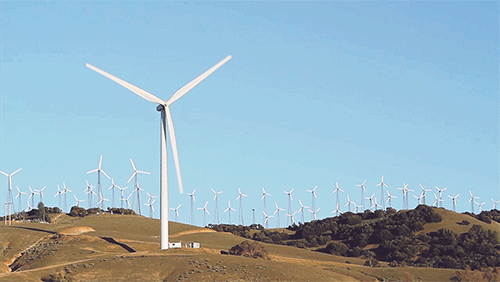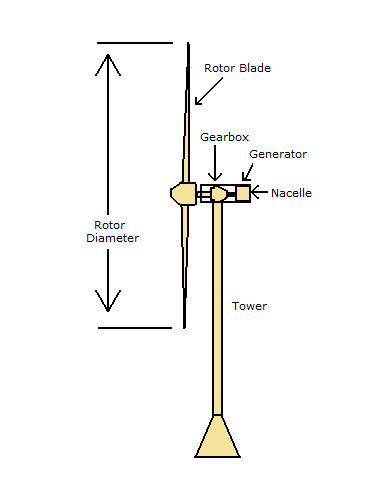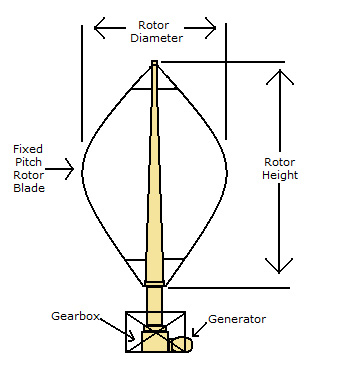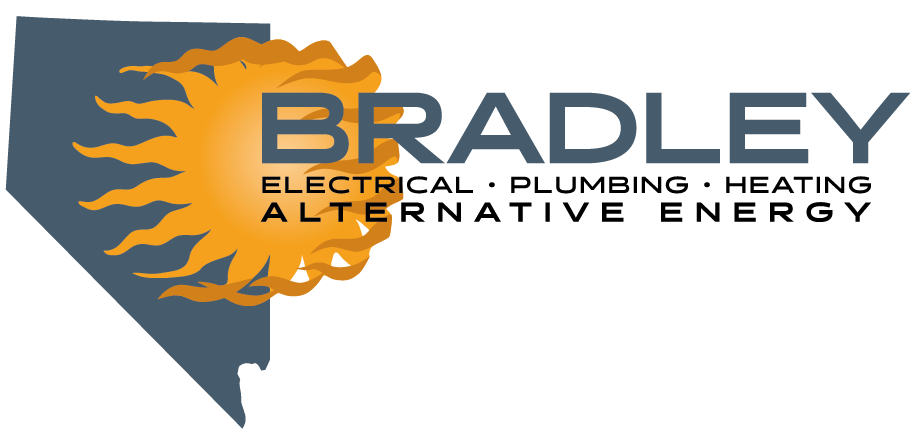Wind power is the conversion of wind energy into a useful form of energy (like electricity) by using a system called a “wind turbine.” A “wind turbine” is a rotating machine that converts the kinetic energy of wind into mechanical energy.
Wind Energy

Wind Turbines
Residential wind turbines are usually 8 meters or less in diameter and are usually mounted on a tower that is 40 meters or less in height. Small wind turbines may be small enough to power a fifty-watt generator for a boat or caravan. They function with direct drive generators, direct current output, aero-elastic blades, lifetime bearings, and they use a vane pointed into the wind. A wind turbine generally needs a location with consistently high wind speeds to be most effective.

Turbine Sub-Systems Include:
- a rotor or blades, which convert wind energy into rotational shaft energy
- a nacelle (enclosure) containing a drive train; also usually includes a gearbox & generator
- a tower, to support the rotor & drive train
- electronic equipment, such as controls, electrical cables, ground support equipment & interconnection equipment
There are two major types of
wind turbines:

Horizontal-Axis
A Horizontal-Axis Wind Turbine positions the main rotor shaft & electrical generator at the top of the top. This type of wind turbine must be pointed into the wind and must possess a gearbox, which turns the slower rotation into a quicker rotation.

Vertical-Axis
In a Vertical-Axis Wind Turbine, the main rotor shaft is arranged vertically, and the turbine itself does not need to be pointed at the wind to be effective. These types of turbines are good for areas where wind direction is highly variable. In a Vertical-Axis system, the generator and gearbox are placed near the ground, which makes it more accessible for maintenance. These turbines have lower wind startup speeds and may be built at locations where tall turbines are prohibited.
